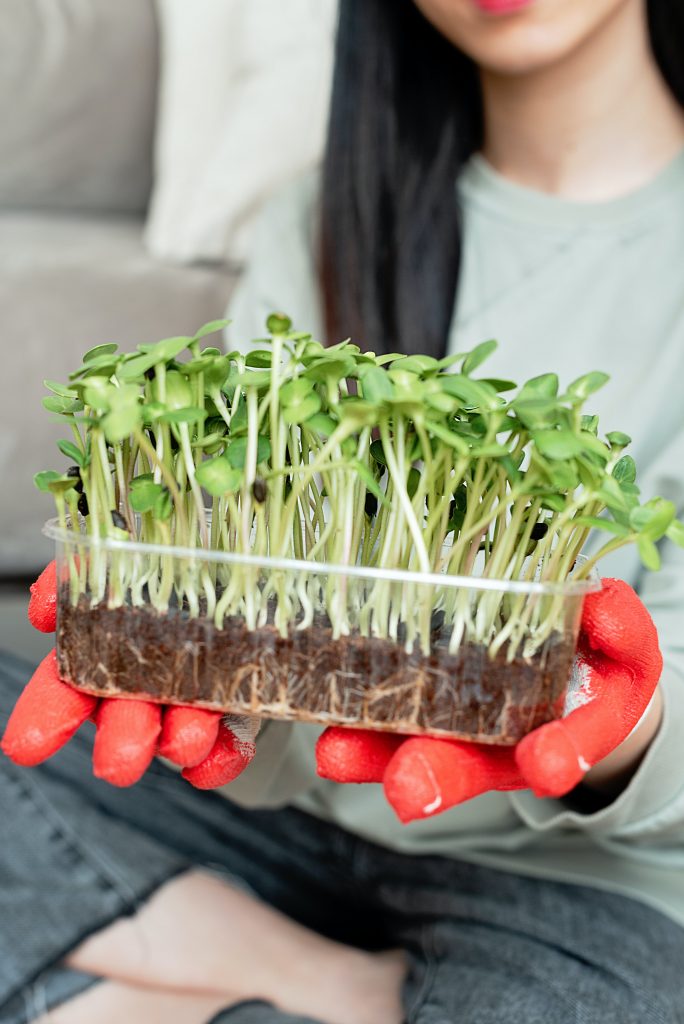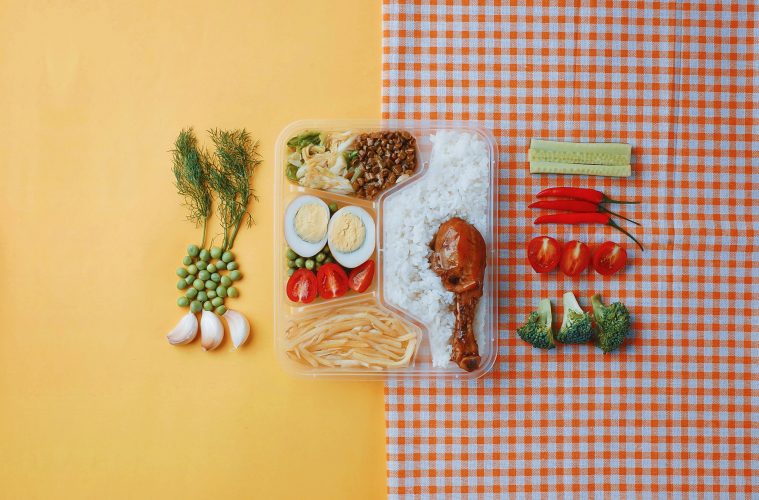Welcome to your garden-to-lunchbox journey, where we’ll explore the joy of cultivating your own vegetables and crafting delicious, nutritious meals straight from your backyard.
Transforming your garden’s bounty into a colourful and wholesome lunchbox is not only rewarding but also a fantastic way to embrace a sustainable and healthy lifestyle.
Embark on the fulfilling adventure of cultivating your vegetables. Whether you have a sprawling backyard or just a few pots on your balcony, there’s something magical about watching tiny seeds evolve into vibrant, nutrient-packed vegetables.
The Rainbow of Vegetables
Explore the vivid spectrum of vegetables you can grow, from the earthy tones of root vegetables like carrots and beets to the vibrant greens of kale and spinach. Create a visually appealing lunchbox by incorporating a variety of colours, each representing a unique set of vitamins and minerals.
Plan Your Garden for Lunchbox Success
To ensure a diverse and plentiful harvest, plan your garden strategically. Include a mix of fast-growing veggies like cherry tomatoes and radishes, alongside longer-season crops such as cucumbers and bell peppers. Tailor your choices to suit your climate and available space.
Easy-to-Grow Vegetables for Busy Lives:
- Radishes:
Time to Harvest: 3-4 weeks
Radishes are one of the quickest-growing vegetables. They come in various colours and varieties, adding a burst of peppery flavour to salads and snacks. - Green onions:
Time to Harvest: 3-4 weeks
Green onions are versatile and can be added to salads, and stir-fries, or used as a garnish. Plant them from seeds or use kitchen scraps for a quick regrowth. - Lettuce:
Time to Harvest: 3-4 weeks
Leafy greens like lettuce are fast growers. Enjoy fresh salads by planting different varieties, such as butterhead, romaine, or loose-leaf lettuce. - Spinach:
Time to Harvest: 4-6 weeks
Spinach is rich in nutrients and can be harvested early as baby spinach for salads or allowed to mature for cooking.
ALSO SEE:
- Arugula:
Time to Harvest: 3-4 weeks
Arugula has a peppery flavour and can be harvested early for a milder taste. It’s excellent in salads, sandwiches, or as a pizza topping. - Microgreens:
Time to Harvest: 1-3 weeks
Microgreens, such as radish, broccoli, or sunflower shoots, are harvested at a very early stage. They are nutrient-dense and add a burst of flavour to various dishes.

Image credit: Pexels
- Baby Carrots:
Time to Harvest: 4-6 weeks
Choose baby carrot varieties for a quicker harvest. These small, tender carrots are perfect for snacking or adding to salads. - Green Beans:
Time to Harvest: 6-8 weeks
Green beans, unlike pole beans, don’t require support structures and mature relatively quickly. Enjoy them steamed, sautéed, or in salads. - Cucumbers:
Time to Harvest: 6-8 weeks
Choose compact or dwarf cucumber varieties for faster growth. These can be enjoyed fresh, pickled, or in salads. - Kale:
Time to Harvest: 6-8 weeks
Kale is a nutrient powerhouse, and some varieties, like baby kale, can be harvested earlier for salads or smoothies.
Kid-Friendly Veggie Picks:
Encourage a love for vegetables in your children by involving them in the gardening process. Choose veggies that are not only easy to grow but also appeal to young taste buds.
Cherry tomatoes, Zucchini, and herbs like basil and mint are excellent choices. Imagine the pride on your child’s face as they munch on carrots and cucumbers they’ve helped nurture from seed to plate.
ALSO SEE:
Feature image: Unsplash

